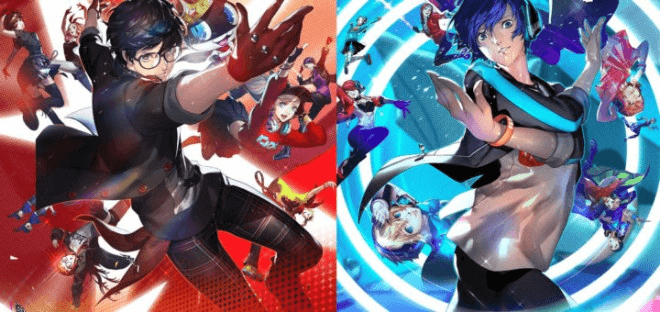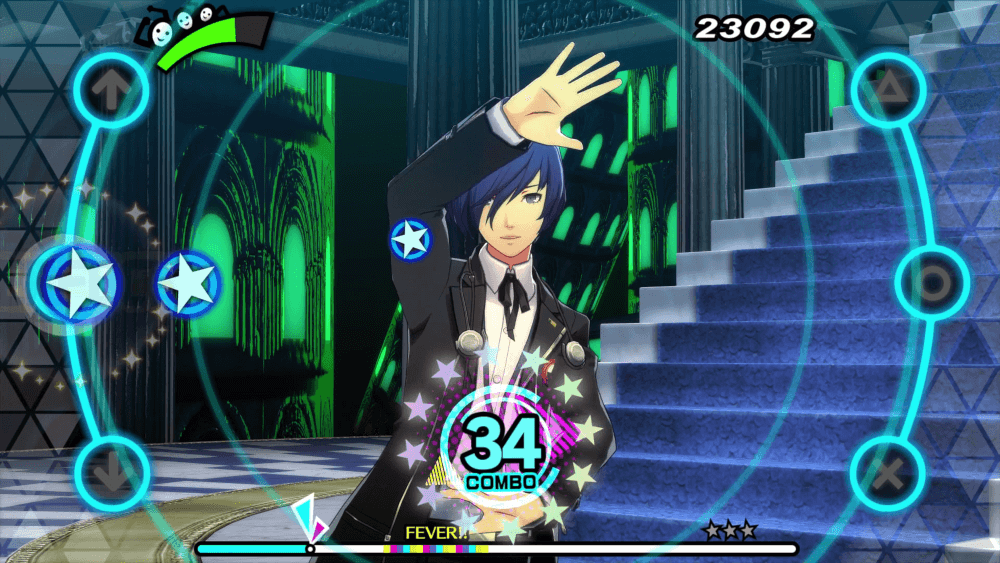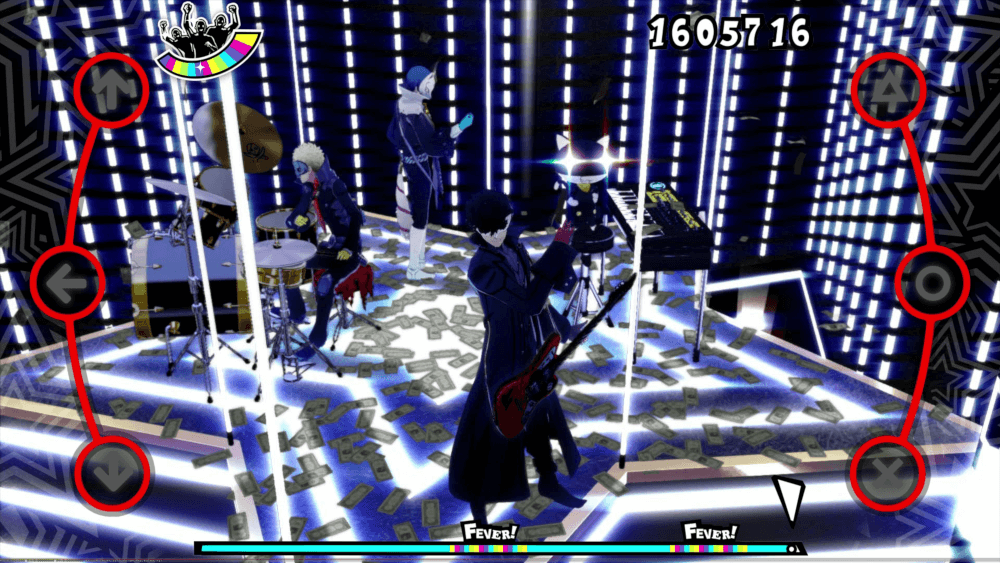I have a love-meh relationship with the Persona franchise. Because of that, my time with the franchise has been somewhat fragmented, starting and stopping more often than I care to admit. Plenty in these games has me repping up the fandom like crazy. Other thoughts I have get me kicked off the bandwagon faster than it takes Morgana to call it a day. Still, the one aspect of this franchise that will forever hold my heart is its music. This is one very strong reason why Persona Dancing: Endless Night exists. The existence of rhythm games based on this franchise’s soundtracks is not a fluke. These tunes are so catchy and memorable that you had to see it coming.
Dancing All Night is the strongest entry
References aside, the Endless Night collection consists of three games based on the last three franchise entries: 3: Dancing In Moonlight, 4: Dancing All Night, and 5: Dancing In Starlight, the Persona 4 follow-up having launched on PS Vita a few years ago.
I shall start out of order here, as this order is the one I recommend for consuming these three games. Persona 4: Dancing All Night is the same game that launched on the Vita. What’s great about this game is that it’s basically the same portable game transitioned to the home console.
The transition has its share of limitations, however. Cutscenes are often in anime format. If these anime cutscenes had been created now, they would probably display as smoothly as cutscenes in 3 and 5. However, these games demand a great deal of peripheral vision, and peripheral vision is not forgiving to visual abnormalities. In particular, these anime cutscenes have long frame gaps, making characters seemingly move almost in Stop-Motion. This distracts peripheral vision heavily.
These last two paragraphs were a lot of nitpicking, but Dancing All Night really is my preferred game on this collection. The story that goes along with it is far from the caliber that the main franchise installments have, but it is still a complete experience. Everything still revolves around dancing in the Shadow World, but the storytelling is exactly what you expect from the team behind Persona. This is the reason why recommend playing Dancing All Night first: It is the best narrative experience.
Great music makes for great gameplay
Dancing In Moonlight and Dancing In Starlight differ on this front. Three difficulties are available at the onset, and you must clear them all in order to unlock more songs. In doing so, more unlockables fall into your lap. These allow you to customize how characters dress on the dance floor.
Two more features unlock in this manner. The first comes in the form of support and challenge boosts. When activated, these supports and challenges alter how notes on the screen appear, such as differentiated note speed as well as automation of scratches. I never tended to use these until I started attempting songs on All Night difficulty, the hardest level, which is an insane jump. Realistically, it’s what could be considered end game for a rhythm song, which is a concept I never really thought about before. Songs grow more challenging quickly, but the songs themselves are so catchy and lovable that progressing feels more par for the course rather than an obstacle to overcome. I seriously cannot say enough about how great music is in Persona.
The other unlock is more familiar to the Persona franchise: Social Links. Fulfilling certain goals within the game unlocks these links, which open up conversations with each character. This goes back to my previous point about Dancing All Night, which was a narrative-driven experience. In the other two games, these links are the only narrative progress outside of the initial dialogue sequence. So, the only way to learn more about the characters and their circumstances is to unlock all of their links. This has its own advantages, and I was quite into it in the early goings. However, there is little payoff from them. In fact (and I’ll avoid spoilers here), there is something hinted in the games that has a ton of potential, but it goes nowhere. Narratively, these two games do have some wasted potential, though the experience as a whole is not diminished by this.
Rhythm gaming at its best
Either way, all of these games are wonderful to play. On-screen prompts differ enough to help ease learning. Progressing through each difficulty also nurtures your skills organically. All of this is with the added bonus of having fantastic music and unlocks to further motivate you to jump into that next song.
At the same time, the point of these games is to play through a bunch of songs. This is great, because these soundtracks are still phenomenal on their own. Still, these are games coming from the Persona creators. They create the social aspects well here, but these act as fan service than anything else. To their credit, though, the writing and characterization are as good as the franchise is capable of, even in such a niche bubble. The Persona Dancing: Endless Night Collection as a package is rather pricey, running in at $99, but these games are not merely meant for hardcore fans. The soundtracks are top tier, and each game has at least fifteen hours of constant game experience. This package is not hurting for fantastic content in the least. It just feels like a healthy snack over a rich meal.


